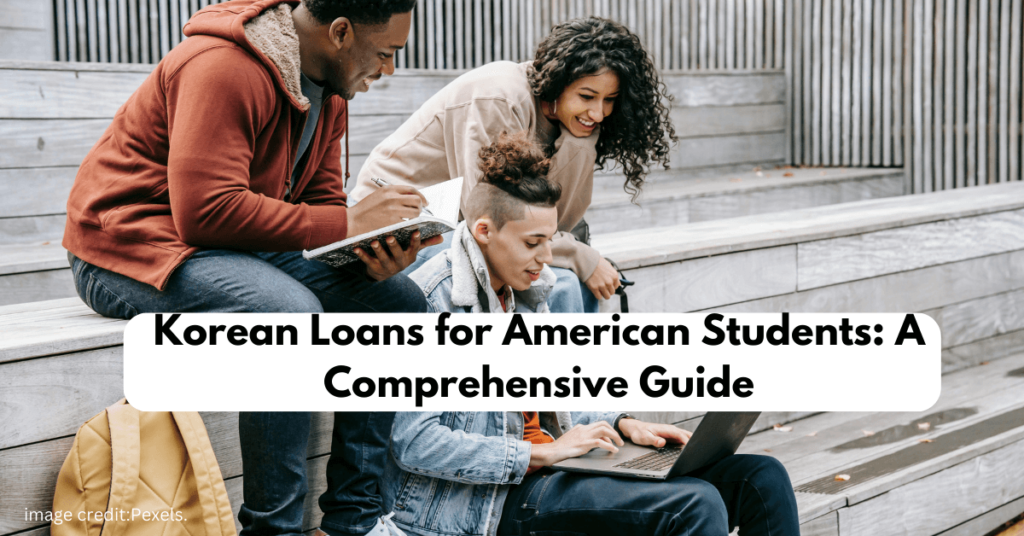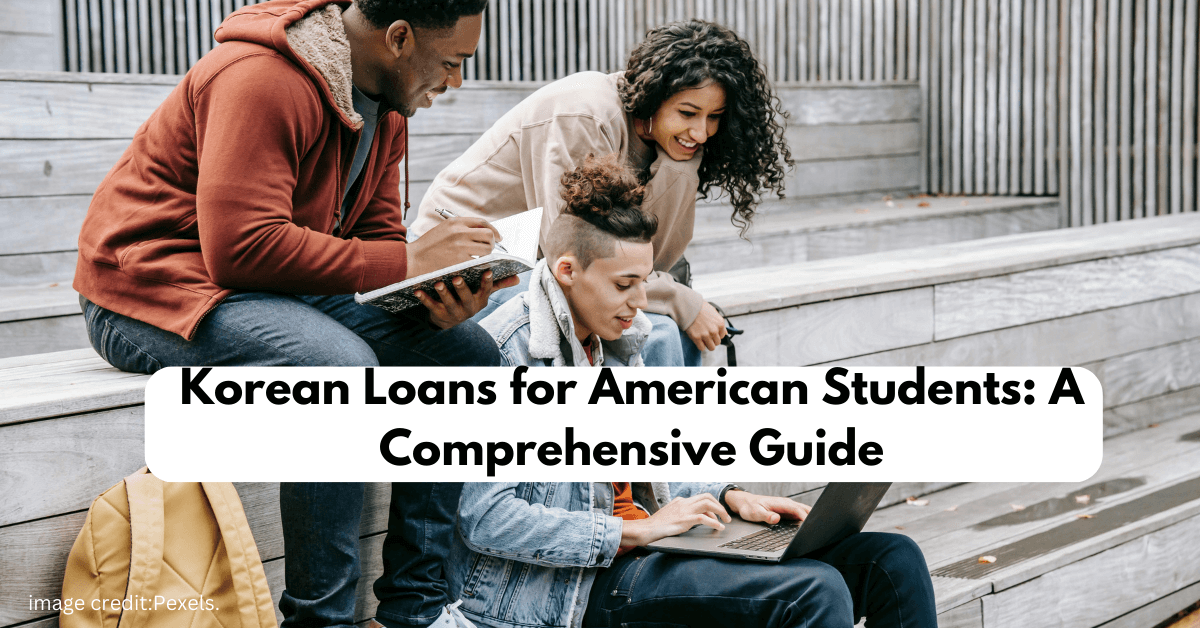Korean Loans for American Students: A Comprehensive Guide
Studying abroad can be a life-changing experience, and South Korea has become an increasingly popular destination for American students. From its world-class universities to its vibrant culture, the country offers immense opportunities for academic and personal growth. However, financing an education overseas can be challenging. One question that arises is: Can American students access Korean loans to support their studies? This article delves into the options available, providing valuable insights for students considering Korea as their educational destination.

Korean Loans for American Students: Understanding Your Options
Studying in South Korea is an appealing choice for many American students, but financing this opportunity often requires careful planning. A common query is whether American students can access Korean loans to support their education abroad. Below is a focused guide on Korean loans for American students, explaining their availability, eligibility criteria, and key considerations.
Can American Students Access Korean Loans?
Obtaining a Korean loan for American students is not always straightforward, as most loan programs in South Korea are designed primarily for citizens or permanent residents. However, some options are available under specific conditions.
Eligibility for Korean Loans
Most financial institutions in South Korea require loan applicants to meet strict criteria, such as:
- Korean Residency or Guarantor: Many lenders require a Korean resident, such as a family member or friend, to co-sign or guarantee the loan.
- Enrollment in a Korean Institution: Proof of enrollment in a recognized Korean university or college is essential.
- Student Visa: A valid student visa (D-2) is often required to demonstrate your intent to study in the country.
Loan Providers in South Korea for International Students
- Korean Banks
Some banks in South Korea, like KEB Hana Bank or Woori Bank, may provide student loans to international students. These loans typically cover tuition and living expenses, but they often come with stringent requirements, including a guarantor. - University-Linked Loans
A few universities in South Korea collaborate with local banks or agencies to offer financial aid or loans tailored for international students. The specific terms and availability vary between institutions, so direct inquiries with the university’s financial aid office are necessary. - Private Financial Institutions
Certain private lenders may extend educational loans to international students, though these options are less common. Interest rates and repayment terms may vary significantly, so it’s crucial to carefully evaluate these factors before committing.
Challenges in Securing Korean Loans
- Guarantor Requirement
The need for a guarantor who resides in South Korea can be a significant hurdle for American students without local connections. - Language Barrier
Loan applications are often processed in Korean, which may necessitate assistance from a native speaker or translator. - Loan Terms
Korean loans may have shorter repayment periods and variable interest rates compared to U.S. student loans, requiring careful financial planning.
Steps to Apply for a Korean Loan as an American Student
- Research Available Loans
Begin by identifying banks or institutions offering loans to international students. Look for programs tailored for foreigners studying in Korea. - Prepare Required Documents
Collect essential documentation, such as your passport, student visa, proof of enrollment, financial statements, and any guarantor information. - Contact the Lender
Reach out to the bank or institution directly to inquire about specific loan requirements and terms. - Understand the Terms and Conditions
Review the loan’s interest rates, repayment period, and penalties for default to ensure the loan aligns with your financial situation.
Conclusion
Accessing a Korean loan for American students is possible but involves navigating several requirements, including securing a guarantor and dealing with language and procedural barriers. While challenging, understanding the process and exploring available options can help American students finance their education in South Korea. For those unable to secure a Korean loan, alternatives such as scholarships and U.S.-based study-abroad loans may be worth considering

